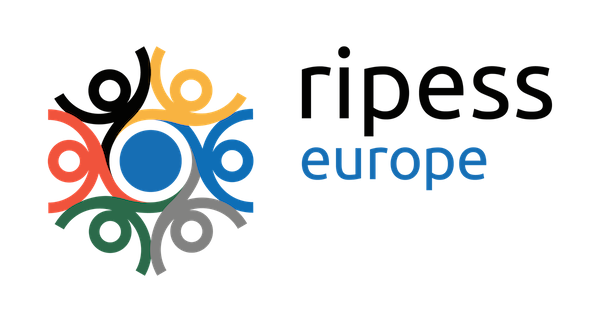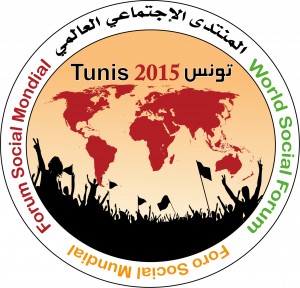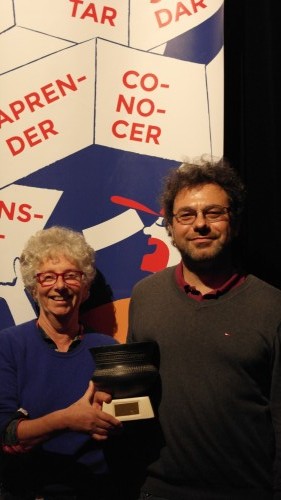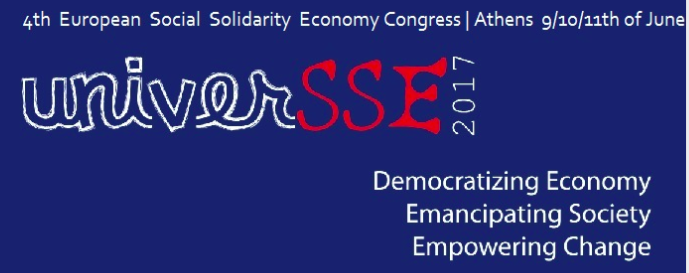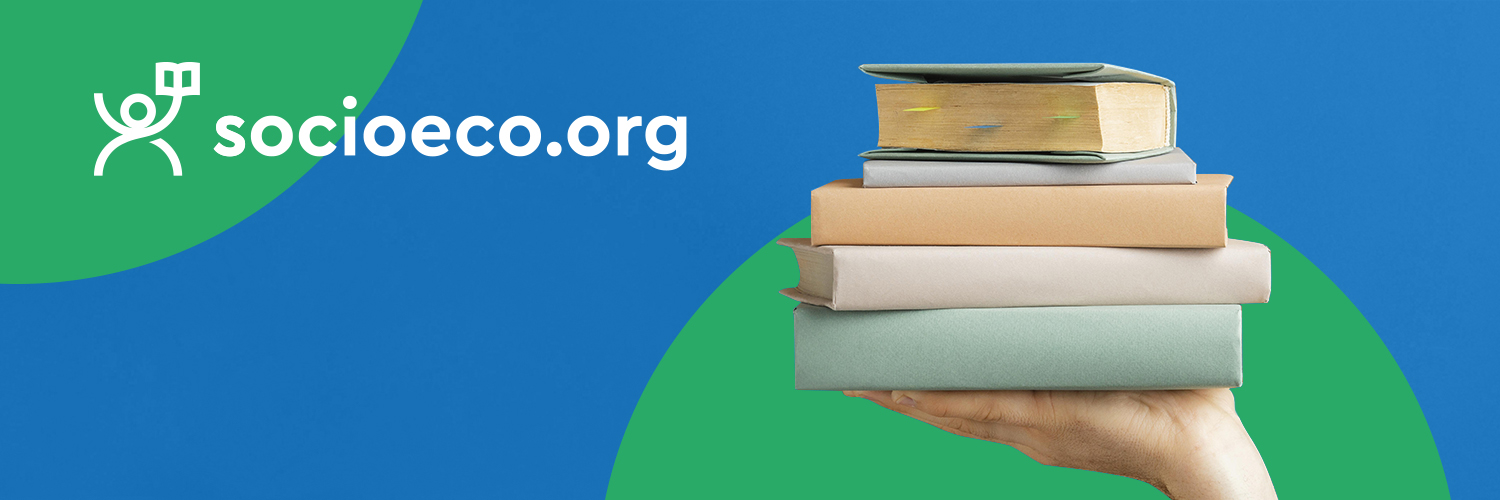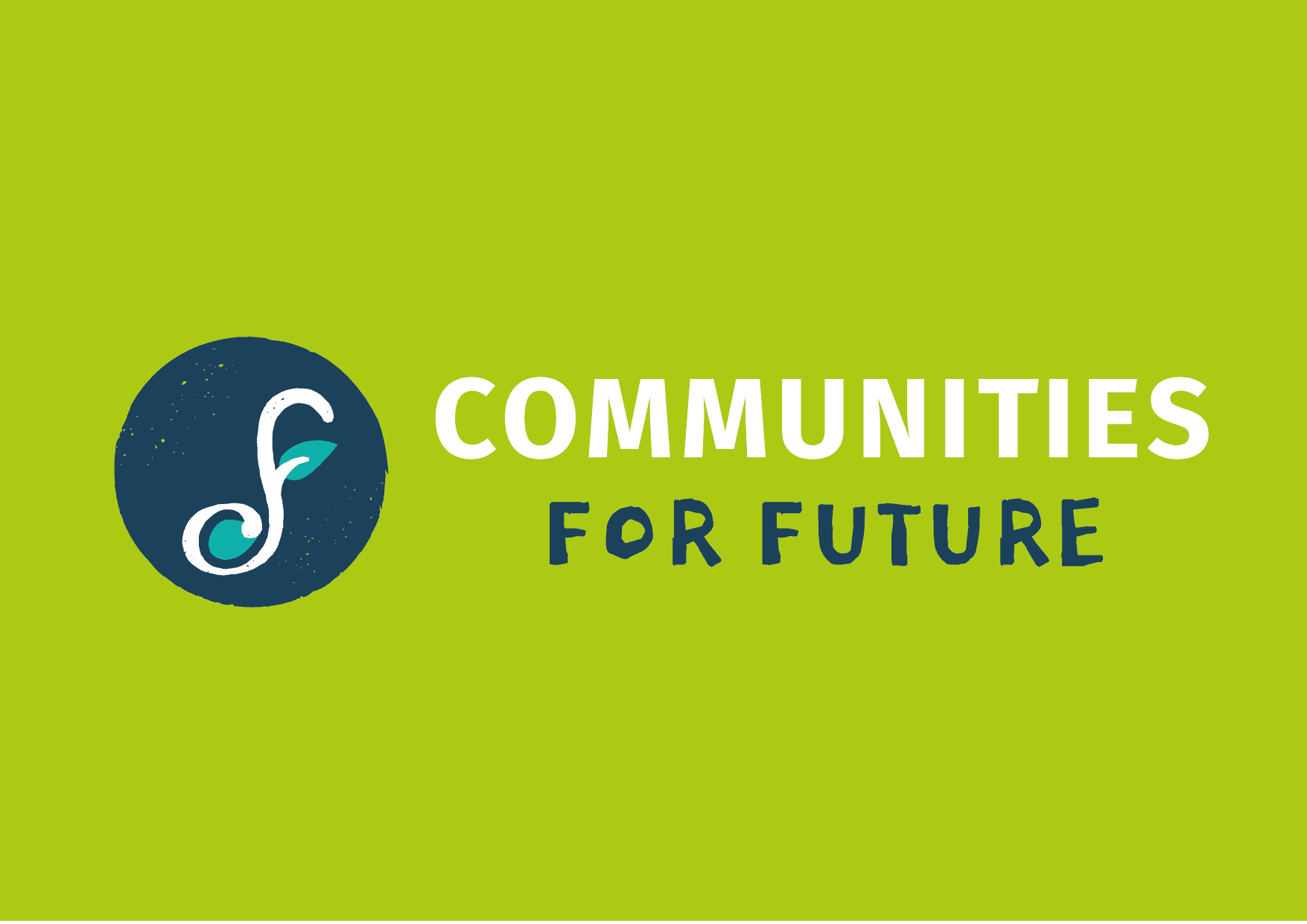Article from Computerweekly.com, By Sebastian Klovig Skelton , Reporter
How digital mapping tools can be used to promote solidarity and cooperation between enterprises, groups and individual organisers with a strong social purpose
…
Mapping the solidarity economy
Another group engaged in mapping alternative institutions is the Solidarity Economy Association (SEA), a not-for-profit, multi-stakeholder co-operative working to support the growth of the Solidarity Economy Initiatives (SEI) in the UK.
According to Colm Massey, a worker member of SEA, the solidarity economy is a social movement originating in Latin America, which has since taken root in some European and North American countries, that seeks to establish a network of alternative economic structures.
“Essentially it’s a loose alliance of networks and organisations trying to build an alternative economy that’s based on … democratic, ecological and participatory [values],” he says.
“The key is trying to bring disparate networks together. You often find people doing brilliant work maybe just in housing, but they don’t talk to people who have very similar values but are working in food security, say – the solidarity economy is a framework for building alliances of networks that have similar values but are actually working in different sectors.”
To help facilitate these connections, SEA ran a pilot mapping programme in Oxfordshire between October 2018 and June 2019 which, according to a report on the project, aimed to make SEI’s “more visible, and therefore able to be supported by more people, and to empower collaboration between SEIs across sectors, resulting in a deeper collective transformation of our communities and economy.
“While there is a lot of grassroots economic activity happening all over the UK that embodies the values of the solidarity economy (SE), the extent to which people are aware of them, or they are aware of each other, is limited.”
Automation
Massey says SEA wanted to therefore create something that could be used by other organisations and networks “without as much hand-holding” and with as few manual steps as possible, leading the team to heavily automate the back-end processes.
To distribute the control over and benefits of the map, SEA also used Linked Open Data to develop the infrastructure, as it decentralises the management and publishing of the data, while also ensuring data published by different parties is interoperable.
This did create issues with licensing, Massey concedes, as having a completely open license means other organisations who have not put much into the movement or who are in fact antagonistic to it can extract a lot of value from people’s volunteer labour.
“What is interesting is actually looking more at peer-to-peer licenses, where you identify the community you want to have free use of everything but put some hurdles and some costs on organisations that fall outside that,” he says. “In many cases its very hard police and do, but with the co-operative movement it’s easier, because you could say ‘if you’re a co-op, you can just use it unlimited for free’, so it’s nice we have a mechanism for identifying certainly part of the community.”
While the data is therefore currently published under an open license, SEA will be exploring how these peer-to-peer alternatives could work going forward.
Massey adds being able to publish connections between different types of organisations, not just co-ops, will be “very powerful” because “it is the nature and quality of the relationships between co-operatives and the wider community that makes solidarity possible”.
As an example, Massey speaks of presenting the data on co-operatives alongside data on mutual aid groups, “so when you go to search for a mutual aid group you’d see there’s 10 co-ops within a stone’s throw and vice versa, co-ops can know where the mutual aid groups are too”.
Read the complete article here.



